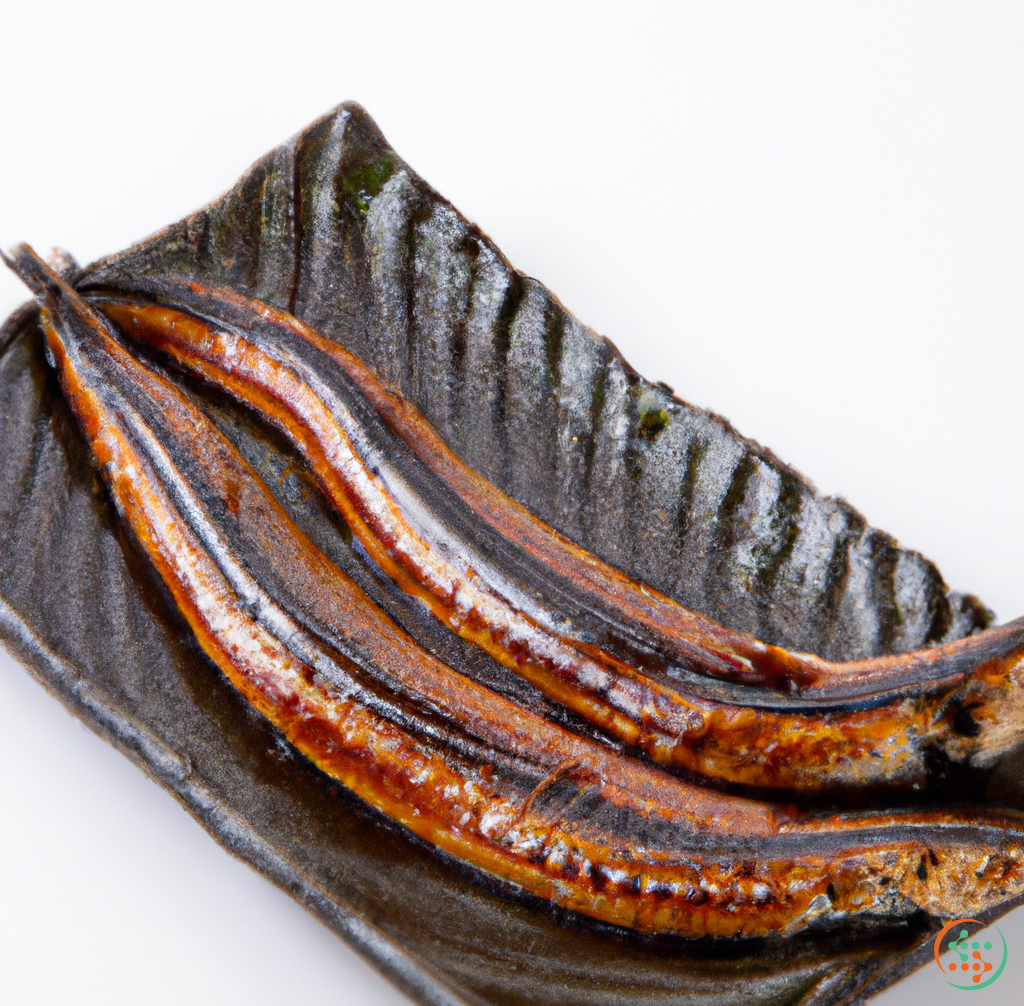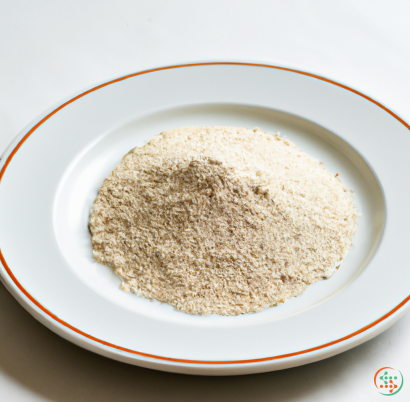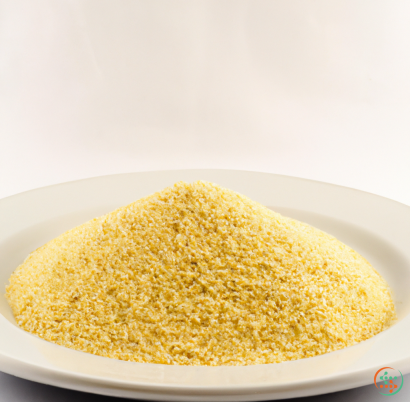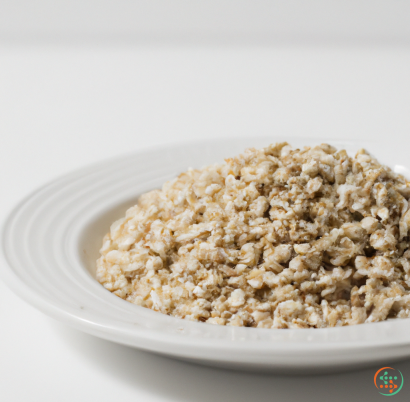Eel
, its characteristics and its importance
An eel is a long, snake-like, aquatic creature that can be found in both fresh and saltwater, mostly inhabiting subtropical and tropical regions of the world. The eel is known for its long, slender body and lack of scales, and swimming by undulating its body. There are around 700 different species of eel, with many living and thriving among us humans, both in the wild and in our aquariums.
The physical characteristics of eels vary greatly between species, but all eels share several common features, most of which are aimed at helping them survive in the wild and finding their prey. One of the most recognizable features of eels is their long bodies, which can range anywhere from 10 centimeters in the swamp eeel, to over four meters in length with the giant mottled eel. Another physical trait is their lack of scales, instead being covered in slimy skin instead, which helps them to stay highly flexible and maneuverable in the water. To help in their sense of sight and tracking of food, eels also have well-developed eyes.
Eels can be found everywhere from streams, rivers, estuaries, and lakes, all the way to the abyssal depths of the ocean, although the most popular eels are the marine ones, thanks to the fact that they’re more abundant than freshwater eels. It’s believed that the migration patterns of eels depend greatly on their species, with some eels travelling coastal lines and some venturing into deep waters great distances away from their inhabited areas.
In terms of eating habits, eels are incredibly diverse, and the menu can change depending on the species. Most freshwater species feed mainly on insects, mollusks, crustaceans and other smaller fishes, while many saltwater species tend to go after bigger prey such as octopus and other larger fish. The eel’s jaw structure is incredibly unique as well, featuring powerful forward-pointing teeth that can grab onto their prey and draw it closer to the eel’s mouth.
When it comes to reproduction, eels employ an extremely interesting strategy. Before they breed, the adult eel will return to the same body of water it was born in, undergoing large physical changes to prepare itself for the trip, like thickening its skin and adapting its body composition. Then, in the months leading up to spawning, the eel will jump into the ocean and mate with other eels in the center of the ocean, in a phenomena referred to as “congregating”. After breeding and laying its eggs, the adult eels will die, leaving their young to swim upstream and inhabit their birthplaces, continuing the cycle.
Eels play a critical role in the health of aquatic environments, whether they inhabit marine waters or rivers and lakes. Upstream eels are important because they support a balanced food chain, consuming smaller fish and insects while providing larger predators with food, and helping keep ecosystems delicately balanced. In the marine environment, saltwater eels are vital, because they eat and recycle dead organic matter and detritus on the ocean floor, helping the environment clean itself.
With their diets, migration paths, and various forms of reproduction, the eel is one of the most fascinating aquatic animals of our time. While we may not always be able to appreciate their behavior from up close, their efforts are evident in the cleanliness, complexity, and elegance of aquatic environments around the world.
The Journey of a European Eel: From Birth to Dinner Plate
When we think of seafood, the eel isn’t always the first thing that comes to mind. Yet, it is one of the most highly valued fatty fish in the world, and its journey from birth to the plate often goes unnoticed. In this blog post, we will take an in-depth look at the journey of the European eel (Anguilla anguilla) from its birth in the Eastern Atlantic, to its eventual transformation onto a dinner plate.
The life of a European eel begins thousands of kilometers away from where it eventually resides. The larvae, known as leptocephali, are born off the east coast of North America and make the long migration across the Atlantic Ocean – a 6500-kilometer ride – towards Europe. This process is called elversing, and is the start of the eel’s journey.
During elversing, the larvae are swept around the north Atlantic by the Gulf Stream and reach continental Europe about six to twelve months later. At this stage, the larvae have grown and developed a little, but still look very eel-like in shape. To gain energy for their onward migration, the larvae feed on planktonic and woody debris, harvesting essential nutrients along their journey.
As they reach the European coasts, the leptocephali begin their metamorphosis by passing through a freshwater phase, where they gain body features such as a head and fins and change their name to glass eels. These glass eels, now visible to the naked eye with their semi-transparent exterior, begin to make their way up into the rivers and streams of Europe. During the upstream migration, glass eels encounter several physical barriers such as waterfalls, weirs and other obstructions that can pose a challenge to the young eel.
The glass eel continues its way upstream until it reaches its final destination: the freshwater habitats where mature eels can survive, such as shallow lakes, rivers and streams. Once arrived, the glass eel is now known as the yellow eel, due to its greenish-yellowish colour. Here, the eels can live for up to a decade before a biological trigger signals them to begin their spawning migration. The European eel is now referred to as a silver eel.
For the silver eels, this migration back to the Sargasso Sea marks the start of the end of their life cycle. Although their destination remains the same, the return trip takes much longer than the original migration of the glass eels. The silver eels face numerous hazards on their journey, such as predation, displacement through hydropower dams, deforestation or pollution. But those who successfully manage to reach the Sargasso Sea in the western central Atlantic, reach the end of their ultimately long journey, and begin their mating and spawning activities.
But the journey of the European eel is far from being over. For the survivors, their eggs are now ready to hatch and a new life-cycle can commence. The newly hatched larvae will, as before, begin their long journey as leptocephali, crossing the Atlantic Ocean and ending their journey in the rivers and streams of Europe.
For those who did not make it, the European eel has become an important part of the culinary industry. European eels are especially appreciated for their fatty bellies, which gives the meat a unique taste and texture.
The first step of the transformation from live eel to dinner plate is catching the eel. Eels are mainly caught in rivers, but some can also be caught in the estuary or even in the sea. It is during this step that the eels are sorted by size and sex. After this, the next step is eel purging, which is done to reduce the strong taste and make the meat more appealing.
At this stage, the eels are usually gutted and cleaned, and then they undergo a preservation process if they are to be stored for long periods of time. Smoking is the most commonly used method to preserve eels, as it adds flavor while also helping to keep the eel moist and tender. Trout-smoked or splashed eel (an eel with a smoked or speckled skin) are some of the most popular products of European eel.
The eels are then packaged for sale, whether fresh or frozen. In some countries, fresh eel is still a popular purchase, especially in coastal areas where the eels have been freshly caught.
The European eel is now prepared for consumption in various ways. The most common is to scale, fillet and skin the eel, transforming it into easy-to-eat pieces of fish. Eel can also be smoked, grilled or steamed, or cooked in sauces or stews. Its fattiness makes it particularly appealing to gourmets, adding a lovely juicy and flavorful touch to any meal. Smoked eel, for instance, is often used to give meals an extra luxurious touch.
This remarkable journey of a European eel from birth to dinner plate serves to remind us of the importance of sustainable fisheries and aquaculture practices. It also highlights the resilience of these animals to overcome the various obstacles and dangers in their path, and the delicate relationship that eels have with their environment. As the European eel population continues to suffer from overexploitation and habitat loss, we must remember sustainable fishing practices and product traceability in order to guarantee that these valuable species will continue to be part of our dinner plates for generations to come.
| Vitamin A | 0.001137 grams | |
| Vitamin C | 0.0018 grams | |
| Vitamin B1 | 0.18 mg | |
| Vitamin B2 | 0.05 mg | |
| Vitamin B3 | 0.00449 grams | |
| Vitamin B5 | 0.28 mg | |
| Vitamin B6 | 0.08 mg | |
| Vitamin B9 | 0.017 mg | |
| Vitamin B12 | 0.00289 mg |
| Calcium | 0.026 grams |
Daily Value 1.3 g
|
| Iron | 0.64 mg |
Daily Value 0.018 g
|
| Magnesium | 0.026 grams |
Daily Value 0.4 g
|
| Phosphorus | 0.277 grams |
Daily Value 1.25 g
|
| Potassium | 0.349 grams |
Daily Value 4.7 g
|
| Sodium | 0.065 grams |
Daily Value 2.3 g
|
| Zinc | 0.00208 grams |
Daily Value 0.011 g
|
| Copper | 0.03 mg |
Daily Value 0.9 mg
|
| Manganese | 0.04 mg |
Daily Value 0.0023 g
|
| Selenium | 0.0083 mg |
Daily Value 0.055 mg
|
| Tryptophan | 0.265 grams | |
| Threonine | 1.037 grams | |
| Isoleucine | 1.09 grams | |
| Leucine | 1.922 grams | |
| Lysine | 2.171 grams | |
| Methionine | 0.7 grams | |
| Cystine | 0.253 grams | |
| Phenylalanine | 0.923 grams | |
| Tyrosine | 0.798 grams | |
| Valine | 1.218 grams | |
| Arginine | 1.415 grams | |
| Histidine | 0.696 grams | |
| Alanine | 1.43 grams | |
| Aspartic Acid | 2.421 grams | |
| Glutamic Acid | 3.53 grams | |
| Glycine | 1.135 grams | |
| Proline | 0.836 grams | |
| Serine | 0.965 grams |
| Total Sugars | 0.131141 grams |
per 100g
|
| Myristic acid (14:0) | 0.74 grams |
|
| Palmitic acid (16:0) | 2.03 grams |
|
| Stearic acid (18:0) | 0.25 grams |
|
| Total Saturated fatty acids: | 3.02 g | |
| Oleic acid (18:1) | 3.55 grams |
|
| Palmitoleic acid (16:1) | 1.61 grams |
|
| Gadoleic acid (20:1) | 3.85 grams |
|
| Total Monounsaturated fatty acids: | 9.01 g | |
| Omega-3 Timnodonic acid (20:5) | 0.11 grams |
|
| Omega-3 Clupanodonic acid (22:5) | 0.1 grams |
|
| Linolenic acid (18:3) | 0.55 grams |
|
| Linoleic acid (18:2) | 0.25 grams |
|
| Total Polyunsaturated fatty acids: | 1.01 g | |
| Cholesterol | 0.16 grams |
|
| Total Sterols: | 0.16 g | |







